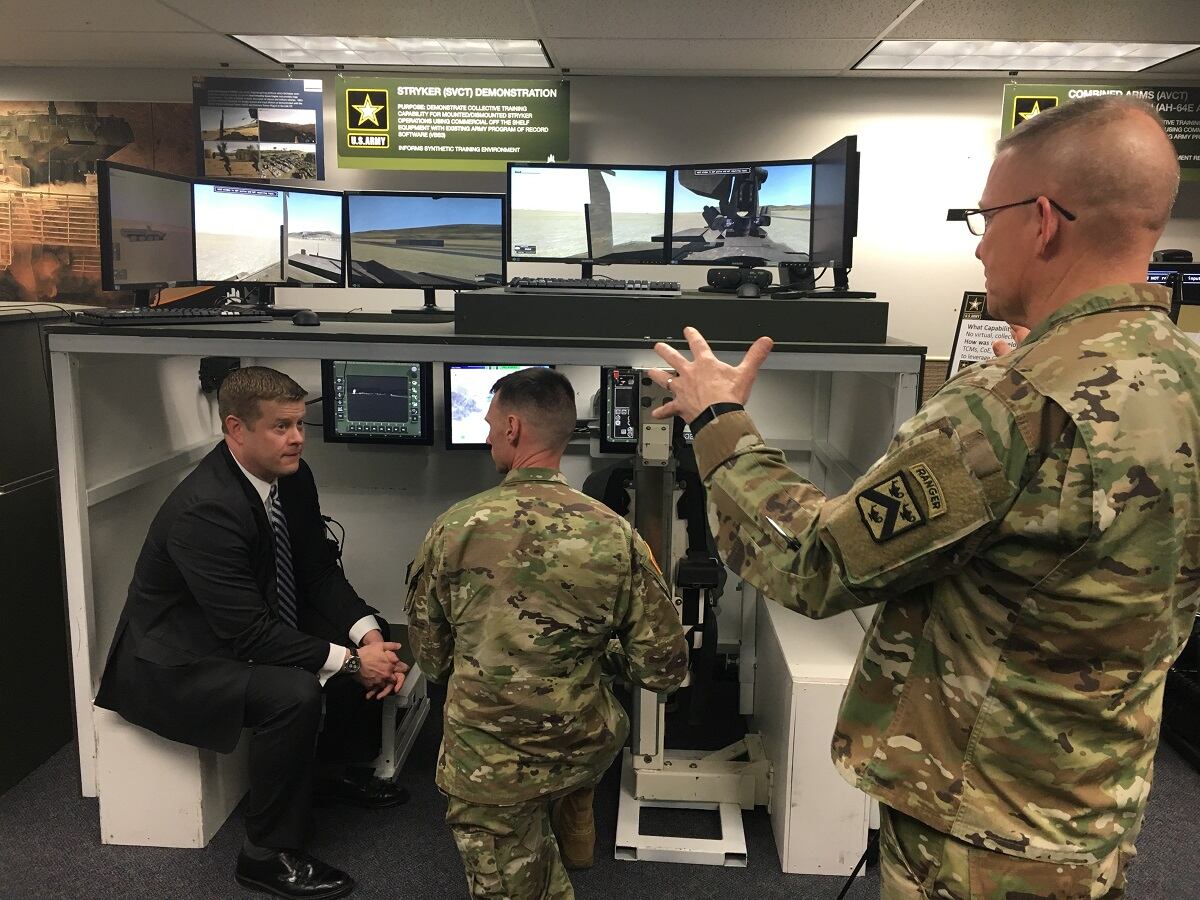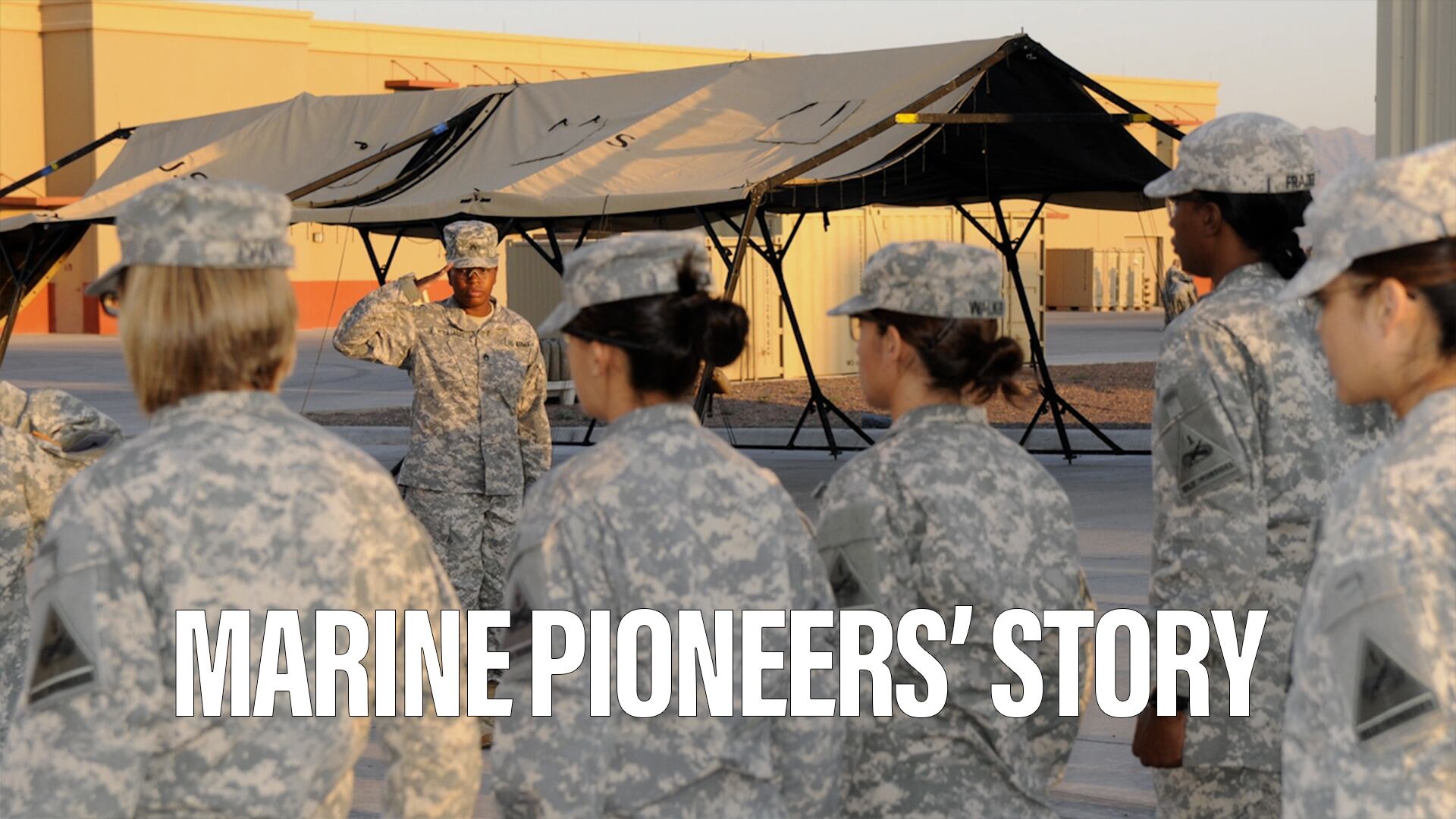WASHINGTON — BAE Systems has successfully demonstrated its 40mm cannon for the U.S. Army at Fort Benning, Georgia, as the service considers future lethality upgrades — particularly to its Stryker combat vehicle.
“Everything went perfectly,” Rory Chamberlain, a business development manager at BAE Systems, told a small group of reporters following the March 21 live-fire event.
The Army is in the market to up-gun its Stryker vehicles and boost lethality across its fleet of tracked and wheeled vehicles. The service recently fielded a Stryker with a 30mm cannon — the Infantry Carrier Vehicle—Dragoon — to Europe to be tested by the 2nd Cavalry Regiment ahead of a decision on whether to add similar lethality across the Stryker fleet.
During a recent House Appropriations Committee hearing on the Army’s budget request, Army Chief of Staff Gen. Mark Milley said it was the intent of the Army to continue Stryker upgrades. He also said the service is waiting for feedback from the unit evaluating the up-gunned Stryker in Europe before making a decision on how it will proceed in providing increased lethality across the Stryker brigades.
Milley said he expected to get feedback in roughly the summer time frame to allow the Army to reassess the path and determine the best way forward.
BAE Systems has spent years developing the 40mm cannon and is fielding it to both the British and French armies. The system is at a technology readiness level of nine.
The company had the cannon on display at the DSEI conference in London last fall, and representatives from the U.S. military saw it and asked to have the system brought to Fort Benning for a demonstration, according to Chamberlain.
RELATED

The cannon comes with a suite of ammunition, including a point-detonating round, an airburst capability and an armor-piercing round.
The ammunition-handling system can accommodate roughly 70 to 100 rounds in an unmanned turret configuration. A manned turret’s ammunition load can go inside a vehicle, Chamberlain explained, and there are a number of system designs.
The feeder system is like a soda vending machine, able to spit out a variety of ammunition that is pre-loaded, and the system can recognize where certain rounds are in the loader throughout an operation.
The cannon is also able to fire roughly 12 rounds before an enemy can return fire, Chamberlain added.
But one of the most attractive features for the U.S. Army is the cannon’s ability to fire at a very high angle, which would allow it to fight in urban terrain.
Showing off for the service
During the demonstration, BAE fired two rounds of point-detonating ammunition against a brick wall, two rounds of point-detonating ammunition against a concrete wall and three rounds of airburst ammunition at a trench, Chamberlain said.
BAE tried to simulate some scenarios that would be relevant to operations involving Strykers and Bradley Fighting Vehicles, according to Chamberlain. For example, a Stryker might perform a wall breech, so the demonstration included the firing of a point-detonating round into a wall to create a hole followed by two airburst rounds through the hole into what would be a room behind.
For Bradley, the company simulated what would happen if the vehicle unexpectedly came across a main battle tank, firing one airburst round above the tank to blind its scope and then firing a round that simulated armor-piecing ammunition to neutralize the target and quickly escape. The range was not large enough to accommodate a powerful, armor-piercing round, according to Chamberlain.
U.S. officials were then able to twice fire five rounds of airburst ammunition, and others were able to fire the cannon using a variety of ammunition to show its versatility, Chamberlain said.
Overall the cannon fired 80 rounds and “worked swimmingly and perfectly,” according to Chamberlain.
He noted that many U.S. officials commented on the high elevation of the cannon as well as its power and accuracy.
What’s next?
BAE’s next step is to work with the Army Armament Research, Development and Engineering Center to help it understand the weapon and the details of the technology.
The company also pitched a shoot-off against any competition, Chamberlain said.
“I think there is going to be interest to let ARDEC look at the weapon in some more detail,” he said. And in parallel, the company would conduct a transfer of technology to help inform the Army. The service has already been given qualification data from the British and French armies.
“It’s a mature cannon,” Chamberlain said, noting the company fired 80 rounds in the space of a couple of hours and had no issues.
The company is setting its sites most immediately on the opportunity that might crop up later this year as the Army decides how it might increase Stryker lethality beyond the 30mm cannon.
“From my point of view,” Chamberlain said, “Stryker lethality is open, as much as they got the Dragoon, that is a fat turret and it’s doing its job and it’s what they wanted.”
Bu “the lethality and requirements for the upgrade are still to be decided,” he added.
The same could be true for the Bradley, he acknowledged, but said it’s less certain what the U.S. Army has in mind for a future lethality upgrade on that vehicle.
Maj. Gen. David Bassett, the then-program executive officer for ground combat systems, told Defense News at the Association of the U.S. Army conference last fall, that a 30mm cannon was being considered for the Bradley.
“There is a lot of talk about the [Next-Generation Combat Vehicle] and where that goes; we are looking at that as well. So in an unmanned configuration on a Stryker, manned configuration on a Bradley and NGCV, who knows what that is going to be,” Chamberlain said. “We are looking at that.”
Jen Judson is an award-winning journalist covering land warfare for Defense News. She has also worked for Politico and Inside Defense. She holds a Master of Science degree in journalism from Boston University and a Bachelor of Arts degree from Kenyon College.








